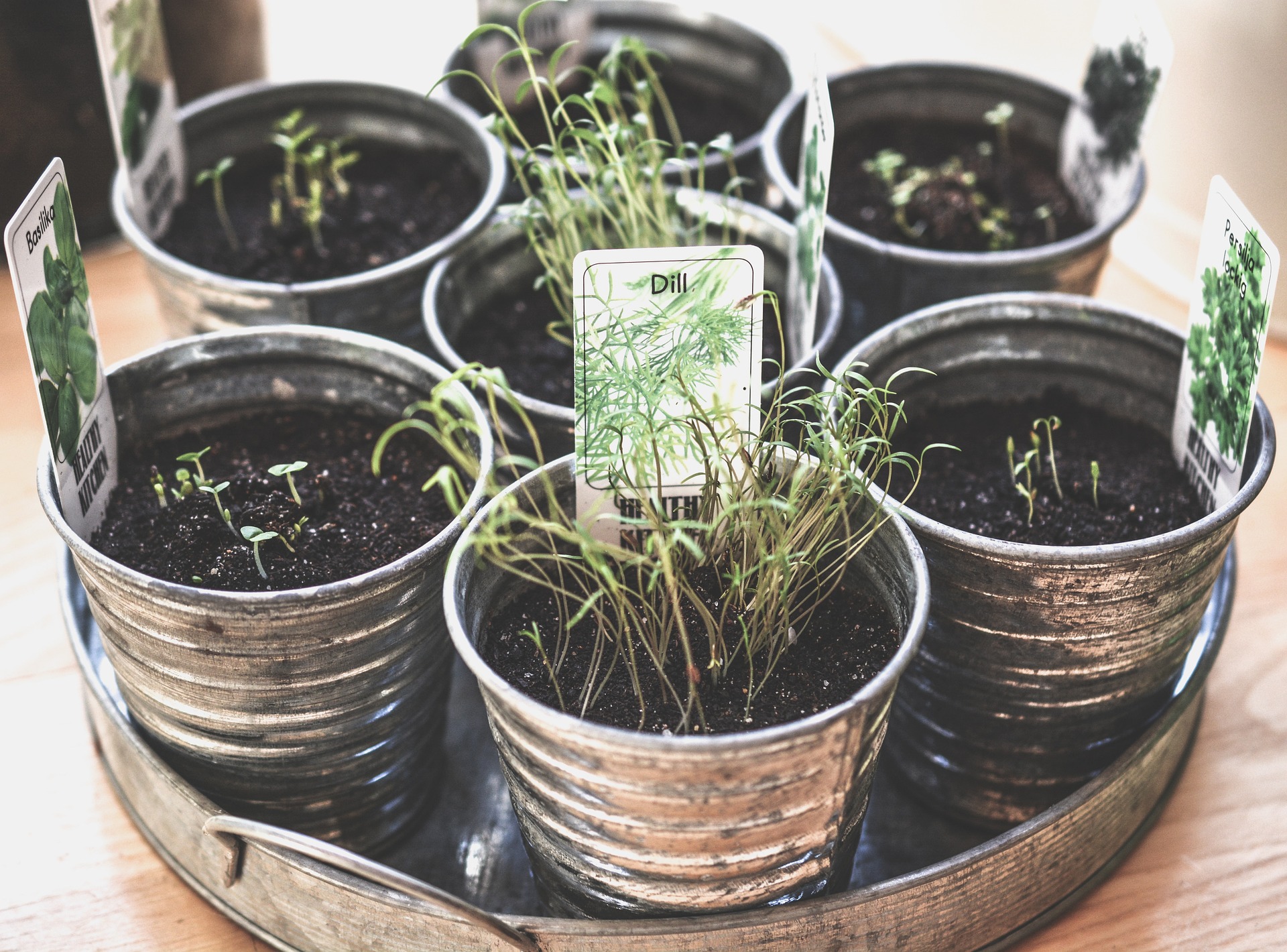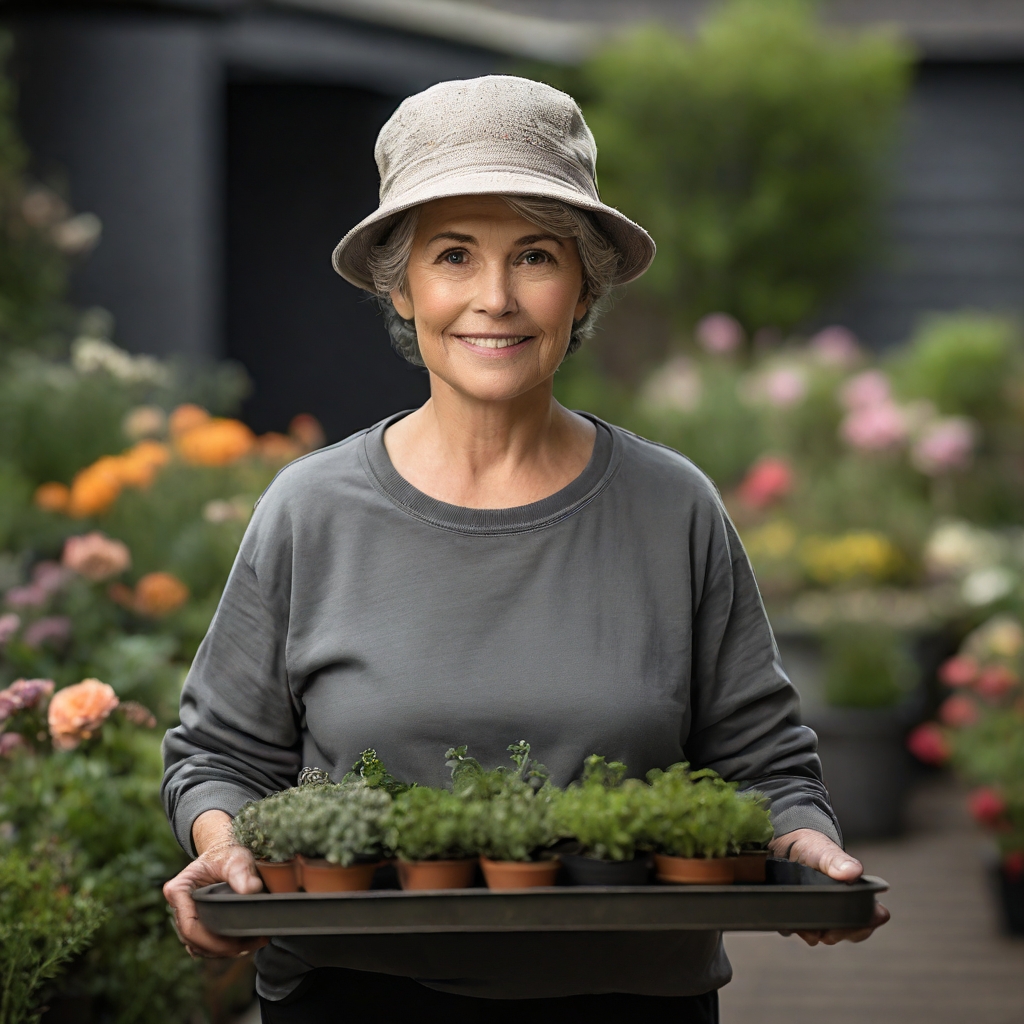
Hey there, fellow plant enthusiast! If you’ve ever wanted to grow your own food but thought you didn’t have the space or green thumb for it, I’m here to tell you that growing food in pots is not only possible, it’s incredibly rewarding. Whether you’re working with a small balcony, a tiny backyard, or even just a sunny windowsill, you can transform your space into a mini garden of edible delights. Let’s dive into the wonderful world of container gardening.
Why Grow Food in Pots?
First off, why should you consider growing food in pots? Here are a few reasons that might convince you:
- Space-Saving: Not everyone has access to a big garden, but even a small patio or balcony can host a variety of potted plants.
- Control: You have more control over soil quality, watering, and sunlight, which can lead to healthier plants.
- Accessibility: It’s easier to tend to plants that are raised off the ground, making gardening more accessible for everyone.
Getting Started: Choosing the Right Pots
Before you rush out and buy a bunch of seeds, you’ll need to pick the right containers. Here are a few tips:
- Size Matters: Make sure your pots are large enough for the plants you want to grow. For example, tomatoes need deep, roomy pots, while herbs can thrive in smaller ones.
- Drainage: Good drainage is essential. Ensure your pots have holes at the bottom to prevent water from sitting in the soil, which can lead to root rot.
- Material: Terracotta, plastic, ceramic, or fabric pots all have their pros and cons. Terracotta is breathable but can dry out quickly; plastic is light and retains moisture well.
The Soil: Foundation of Your Success
The next step is filling your pots with the right soil. Garden soil is too dense for containers, so opt for a high-quality potting mix. Look for mixes that include compost or slow-release fertilizers to give your plants a good start.
What to Grow
Now, the fun part—choosing what to grow! Here are some great options for beginners:
- Herbs: Basil, mint, parsley, and chives are fantastic in pots and add fresh flavors to your dishes.
- Leafy Greens: Lettuce, spinach, and arugula grow quickly and can be harvested repeatedly.
- Tomatoes: With a bit more care, cherry or bush tomatoes can be incredibly rewarding.
- Peppers: Bell peppers and chili peppers thrive in pots and add a punch to your cooking.
- Radishes and Carrots: These root veggies can grow well in deep pots and provide a satisfying crunch.
Caring for Your Potted Garden
- Watering: Consistency is key. Pots dry out faster than garden beds, so check your plants daily, especially in hot weather. Water thoroughly until you see water draining out of the bottom.
- Feeding: Even if your potting mix has fertilizer, potted plants benefit from regular feeding. Use a balanced, water-soluble fertilizer every couple of weeks.
- Sunlight: Most vegetables need at least 6 hours of sunlight per day. If you’re growing indoors, consider using grow lights to supplement natural light.
Troubleshooting Common Issues
Don’t get discouraged if things don’t go perfectly at first. Here are a few common problems and solutions:
- Yellowing Leaves: This can indicate overwatering, poor drainage, or nutrient deficiencies. Adjust your watering schedule and consider feeding your plants.
- Pests: Keep an eye out for aphids, spider mites, and other pests. Use natural remedies like neem oil or introduce beneficial insects like ladybugs.
- Wilting: This can be a sign of underwatering, especially in hot weather. Make sure your plants are getting enough water.
Harvest Time!
One of the most gratifying moments in container gardening is the harvest. Pick your herbs regularly to encourage new growth, and enjoy fresh salads from your leafy greens. There’s nothing quite like the taste of a homegrown tomato or a pepper you nurtured from a tiny seedling.
Final Thoughts
Growing food in pots is a fantastic way to start your gardening journey. It’s accessible, manageable, and brings the joy of fresh produce right to your doorstep. So grab a pot, some soil, and a few seeds, and grow your own food!

